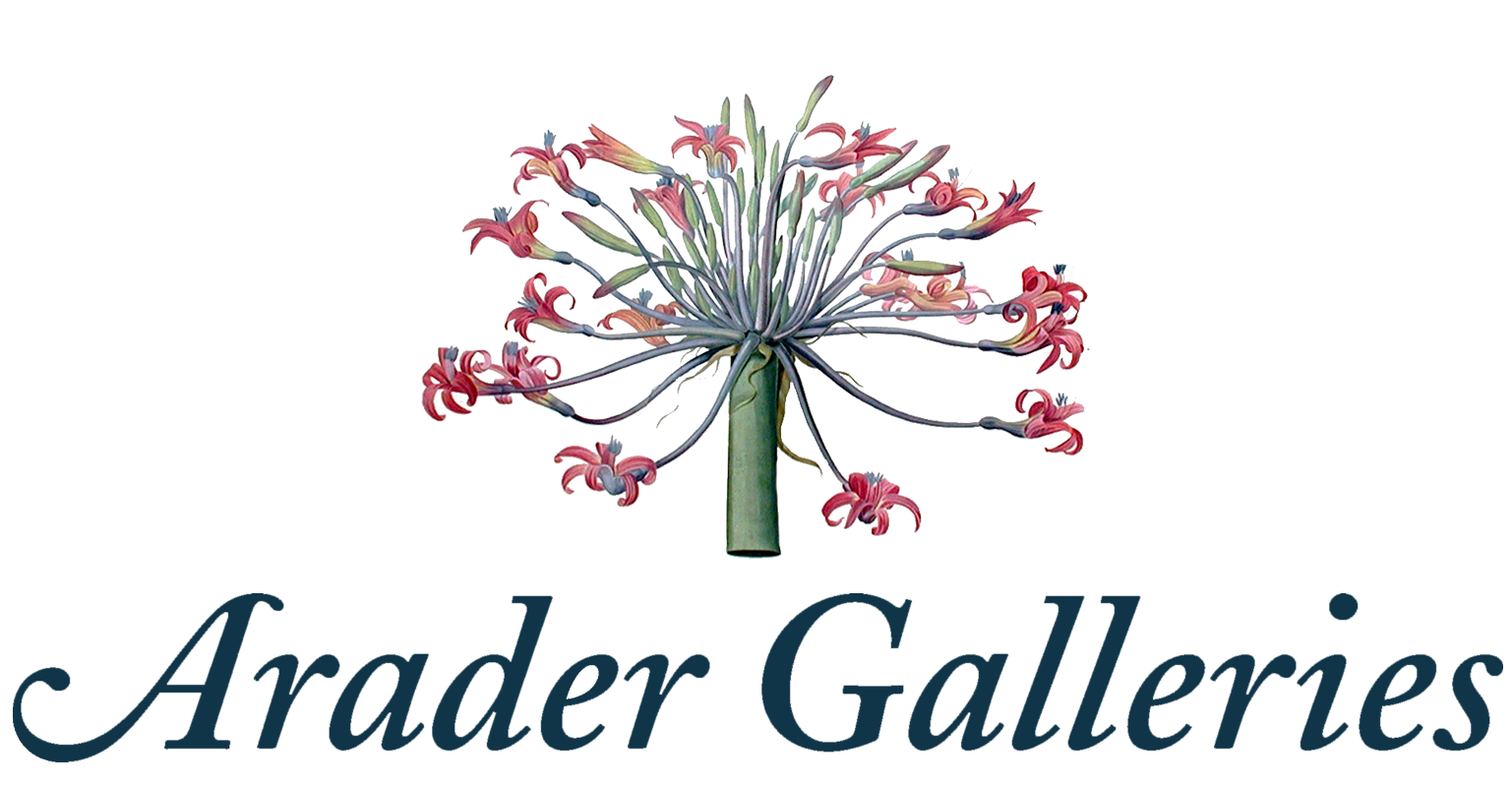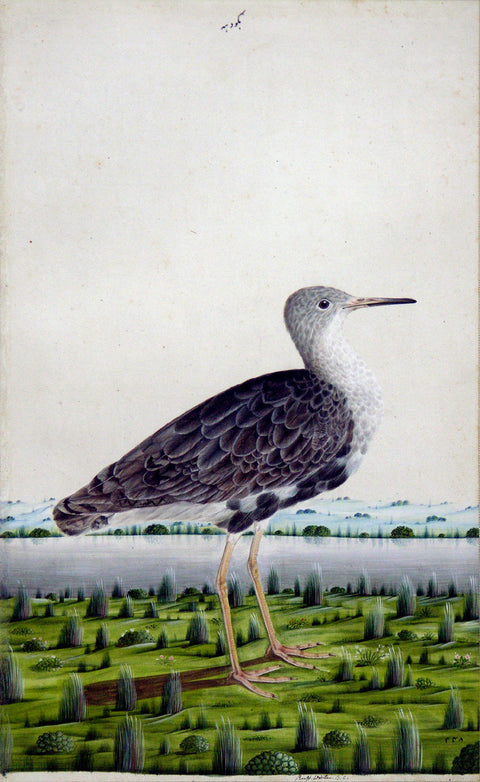Arader Galleries
Indian, Lucknow School. Common Snipe. 1775
Pickup currently unavailable
Indian, Lucknow School
Common Snipe
Paper size: 1 8 " x l l "
Inscribed in ink at lower margin: Ruff Winter B.C.
and at top center: Bakhoda
Watercolor over quill and ink, heightened with body color and gum Arabic on laid
watermarked European paper
Frame size: 27 3/4" x 20 5/8"
Ca. 1775
Provenance: Collection of Major General Claude Martin, Lucknow; family of Charles
Jenkinson, first Earl of Liverpool; and thence by descent
This painting come from an album made for Claude Martin (1735-1800), the Frenchsoldier and patron of the arts who settied in Lucknow in the eighteenth century. Otherwatercolors from this album can be found in the collection of the Metropolitan Museum,New York.
During the late 1700s, the British East India Company expanded its purview in South AsiA and many of its employees moved from England to make their careers in India. Enchanted by the covmtry's xmusual flora and fauna, stunning ancient monuments, and exotic people, they employed local artists to capture these images to send or take home. The works produced, assimilate a European style and palette although maintain some of the qualities of early Indian miniamre paintings. Collectively, they are known as "Company" paintings and they are characterized by the use of watercolors (instead of gouache) and by the use of linear perspective and shading.
Various Indian cities, such as Lucknow, die capital of Uttar Pradesh in Northern India, became centers for artists producing Company paintings. Each region is distinguishable by style, which grew out of and was heavily influenced by earlier local traditions. Paintings of birds, animals, and flowers had been an important genre in Indian art since the time of the Mughal emperor Jahangk (r. 1605-27), and the continuation of such subjects under British patronage was a natural extension of that estabhshed tradition.
The the results were often quite different styUstically. In the paintings here shown, each bird is standing upright in a receding landscape of considerably reduced scale that contains a river. The dramatic contrast in size between the bird and the vista it dominates gives the composition a distinctively idiosyncratic mood, which is heightened by the shadow cast by each bird. Each bird is executed with great attention to detail—^individual feathers have been outlined and painted with subde gradations of color, and several shades are used to delineate its body markings.


